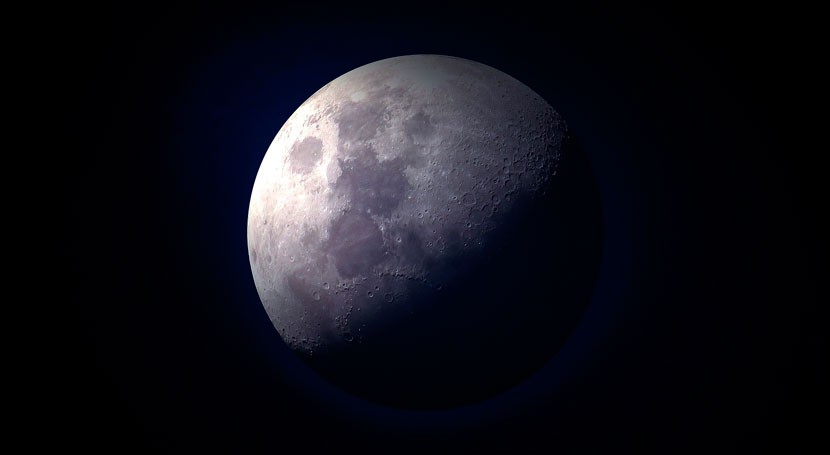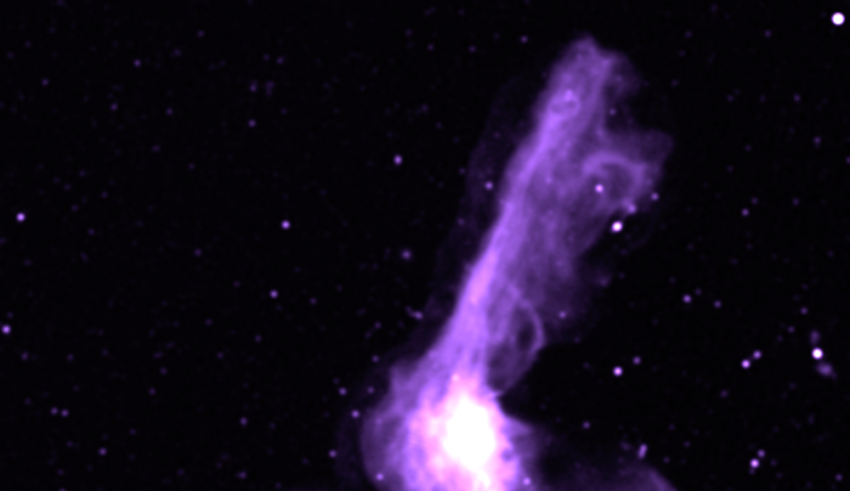
A recent Dutch study shows that training oneself to be more thankful can help people to feel better and increase mental resilience. This is the first time that this has been demonstrated convincingly.

The first COVID-19 vaccine to reach phase 1 clinical trial has been found to be safe, well-tolerated, and able to generate an immune response against SARS-CoV-2 in humans, according to new research.

A new study presents the first-ever direct images of twin baby planets forming around their star. The proud mama is PDS 70, a star in the Centaurus constellation. It’s about 370 light years away.

Elon Musk's SpaceX defied expectations - and on Wednesday hopes to make history by ferrying two NASA astronauts into space, the first crewed flight from US soil in nine long years.

Where does the water on Earth come from? How was our Moon formed? And is there one single event that had led to the formation of both?

Supermassive black holes are gravitational powerhouses. When hot gas surrounding them is squeezed by gravity and electromagnetic fields, it can emit tremendous amounts of energy, including high-energy neutrinos.

A new study argues that our best chances of using atmospheres to find evidence of life is to broaden our search from focusing on planets like our own to include those with a hydrogen atmosphere.

The prominent X-shape of PKS 2014-55 is made up of two pairs of giant lobes consisting of hot jets of electrons. These jets spurt outwards from a supermassive black hole at the galaxy's heart.

The Hubble Space Telescope has captured two images showing Atlas, originally up to 180 metres across, has broken into as many as 30 pieces, each about the size of a house.

Astronomers studying what they thought was a double star system 1,000 light years from Earth in the southern constellation Telescopium stumbled on what must be a stellar mass black hole.

Astronomy is advancing to the point where we can see planets forming around young stars. This was an unthinkable only a few years ago. It was only two years ago that astronomers captured the first image of a newly-forming planet.

The surface of Jupiter's moon Europa features a widely varied landscape, including ridges, bands, small rounded domes and disrupted spaces that geologists call "chaos terrain."

Giant elliptical galaxies are not as likely as disk-shaped galaxies, such as our own Milky Way, to be cradles of technological civilizations, according to a recent U.S. paper.

A Milky Way magnetar called SGR 1935+2154 may have just massively contributed to solving the mystery of powerful deep-space radio signals that have vexed astronomers for years.

The universe is full of billions of galaxies. Why do we see so much structure in the universe today? A 10-year survey of tens of thousands of galaxies has provided a new approach to answering this fundamental mystery.